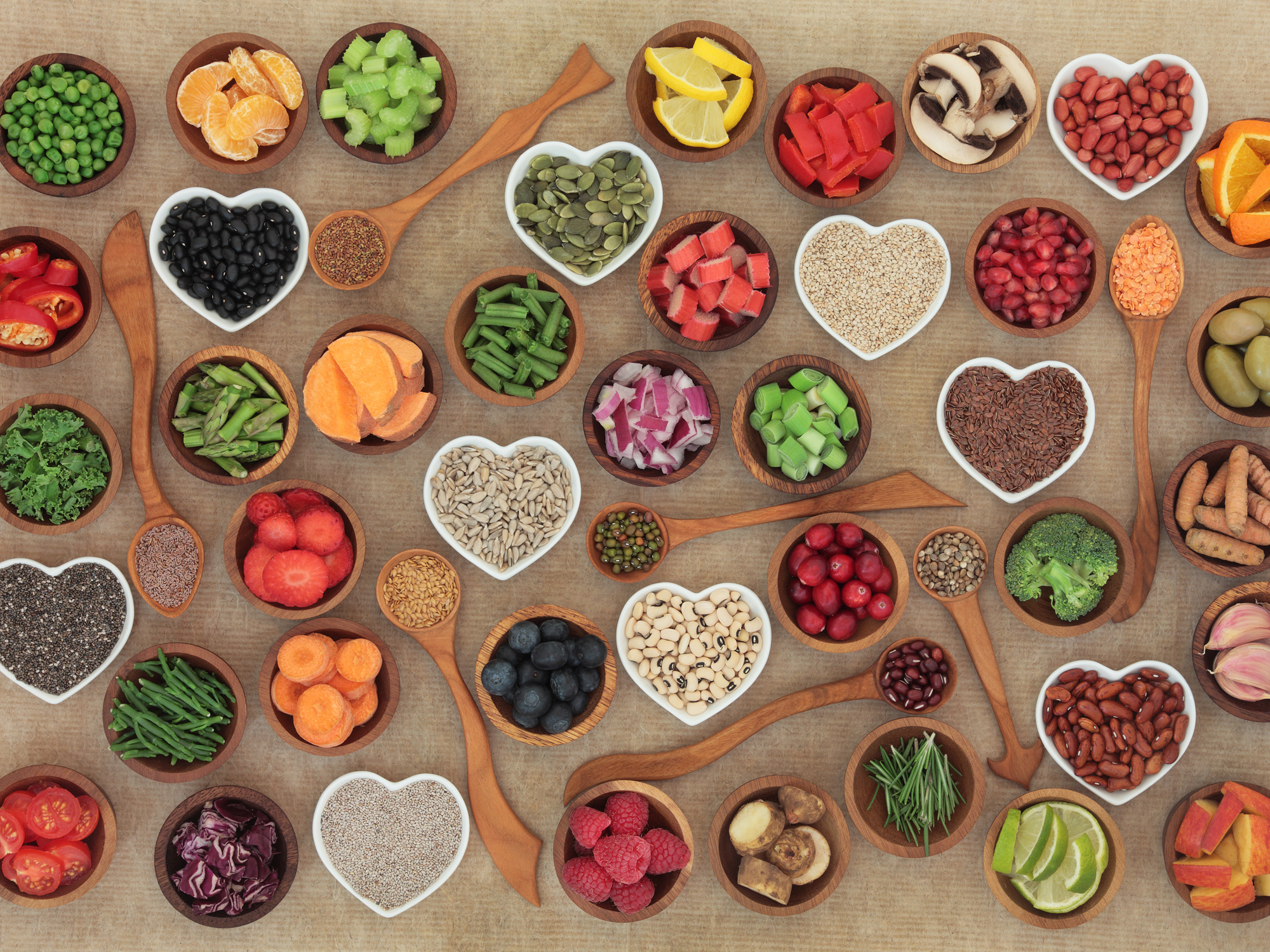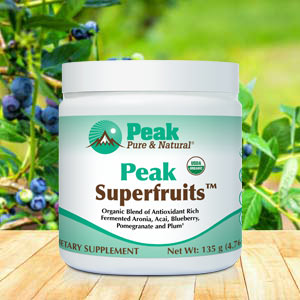Get Easy Health Digest™ in your inbox and don’t miss a thing when you subscribe today. Plus, get the free bonus report, Mother Nature’s Tips, Tricks and Remedies for Cholesterol, Blood Pressure & Blood Sugar as my way of saying welcome to the community!
Anthocyanins keep heart disease, diabetes and obesity away

One thing we know about health conditions, from diabetes to heart disease, Alzheimer’s and Parkinson’s disease, is that they are all associated with chronic low-grade inflammation in the body’s cells.
The great news is that various studies have demonstrated that this cellular inflammation can be effectively treated (and even reversed) through dietary means, rather than drugs.
In particular, beneficial dietary compounds known as anthocyanins have a distinct ability to switch off inflammation from the core…
In a secondary analysis from the Framingham Heart Study, looking at 2,375 people, regularly eating foods rich in anthocyanins led to a:
- 100% decrease in acute inflammation
- 75% decrease in proinflammatory cytokines (inflammatory molecules)
- 52% decrease in oxidative stress
Those are some pretty incredible results!
Researchers believe the anti-inflammatory effect is due to the high-antioxidant capacity of anthocyanins, which directly downgrades proinflammatory molecules.
Recent studies investigating anthocyanins show these mighty antioxidants and anti-inflammatories can prevent heart disease, control obesity, reduce the risk of cognitive decline and type 2 diabetes, stop vision loss, and even prevent tumors from metastasizing.
Yes, their powers are wide-reaching. So you’ll want to start consuming more of them yourself…
Where to find anthocyanins
Anthocyanins are a type of dietary flavonoid found in richly colored (and delicious) foods like strawberries, blueberries, raspberries, cherries, red wine, eggplant, red cabbage, red/purple grapes and red-fleshed peaches and apples. The flavonoid can also be found in smaller amounts in other fruits and vegetables.
According to studies, there are a few interesting ways you can get your daily dose of benefits…
As a new way to enjoy your desserts or junk food treats… Since anthocyanins are rapidly absorbed into the bloodstream, it’s been shown that their consumption counteracts the inflammatory response that arises in your body when you eat a fat-laden meal.
Of course, this doesn’t mean that it’s fine to eat a Big Mac every day as long as you follow it with some blueberries. But, if you’re going to indulge in a decadent (somewhat naughty) treat on occasion, it might be smart to add some anthocyanins to help counter the damage of a fast-food binge.
As an everyday snack food… Sitting down to a half-cup serving of berries has been shown to raise HDL (good) cholesterol and decrease systolic blood pressure. If you enjoy anthocyanin-rich berries as your preferred daily snack or in your favorite smoothie, over an eight-week period, you might just experience the same results.
A small glass a day is all it takes… Being that red wine and grape juice are also great sources of anthocyanins, you’ll be pleased to learn that consuming a small glass each day could help prevent memory decline and increase verbal learning and cognitive function. Though past studies have shown benefits of occasional wine drinking, more recent studies are not sure that the benefits outweigh the harms associated with alcohol. Look for only naturally sweetened fruit juices — avoid added sugars like the plague. Fresh grapes may be even better.
Just eating anthocyanin-rich foods regularly may reduce your risk of many chronic lifestyle diseases — because the anti-inflammatory and antioxidant effects are incredibly potent.
Anthocyanins are a type of flavonoid. If you’re not a fan of berries, another flavonoid known as flavanones — found in citrus fruits — offers similar benefits.
You’d have to agree, it’s compounds like these with all their tremendous benefits that make healthy eating all the more satisfying!
Editor’s note: Are you feeling unusually tired? You may think this is normal aging, but the problem could be your master hormone. When it’s not working, your risk of age-related diseases skyrockets. To reset what many call “the trigger for all disease” and live better, longer, click here to discover The Insulin Factor: How to Repair Your Body’s Master Controller and Conquer Chronic Disease!
Sources:
Cassidy A, et al. Higher dietary anthocyanin and flavonol intakes are associated with anti-inflammatory effects in a population of US adults. The American Journal of Clinical Nutrition. 2015;102(1):172–181.
Cerletti C, et al. Dietary anthocyanins and health: data from FLORA and ATHENA EU projects. Journal of Clinical Pharmacology. 2017;83(1):103-106.
Devore EE, et al. Dietary intakes of berries and flavonoids in relation to cognitive decline. Annals of Neurology. 2012;72(1):135-143.
Overall J, et al. Metabolic effects of berries with structurally diverse anthocyanins. International Journal of Molecular Sciences. 2017;18(2): E422.
Pojer E, et al. The case for anthocyanin consumption to promote human health: A review. Comprehensive Reviews in Food Science and Food Safety. 2013;12(5):483-508.














